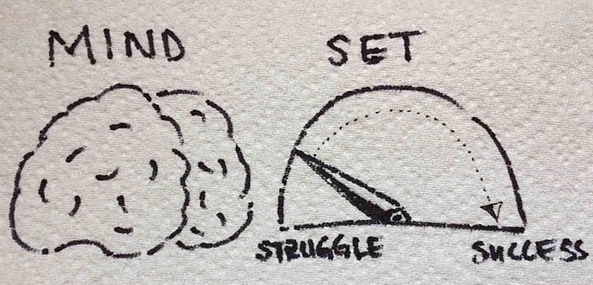Optical illusions are images perceived by the eye which differ from reality.
 Usually, optical illusions happen when information is processed in the brain that does not match with the physical representation of the object.
Usually, optical illusions happen when information is processed in the brain that does not match with the physical representation of the object.
There are three main types of optical illusions: literal optical illusions, physiological illusions, and pathological illusions.
Literal optical illusions – Optical illusions that create images which are different from the source.
Physiological illusions – Effects of too much stimulation of a specific type.
Pathological illusions – Pathological exaggeration in visual perception mechanisms.
Neuron compensation
The study about illusions existed even in 350BC, during the time of the Greeks.
Aristotle noticed that while watching a waterfall, when one shifts the gaze to static rocks, the rocks seem to move against the water.
Certain neurons in the brain are worn out by keeping track of the waterfall. By looking at the rocks, the brain activity causes other neurons to compensate, making the rock look like its moving.
Adjacent objects
During the 19th century, more studies regarding illusions began. Scientists made simple illusions to test out how human brain activity analyzes size.
The Ebbinghaus illusion — the illusion that tricks the mind into thinking certain shapes are larger than others — shows scientists that the mind judges objects by comparing the size of adjacent objects.
Perspective
The 19th century has also made another breakthrough in the study of illusions: the discovery that perspective matters.
The Ponzo illusion is an illusion that shows two horizontal lines of the same size. Two converging horizontal lines also appear in the illusion — making it appear that one horizontal line is longer than the other one.
This illusion shows that brain activity considers real-life perspective when looking at images like these.
Illusions in art
The 20th century was less fruitful in the search for more information on how optical illusions work.
However, David Hubel and Torsten Wiesel made a Nobel-winning discovery this century by concluding that the human mind fires off only when it sees something at certain angles.
Optical art also became a trend, using optical illusions in art. Victor Vasarey's work may suggest that the human mind identifies shapes not by lines, but rather by corners.
Saccades
In the 21st century, a movement of the eye called saccades was discovered. The eyes make rapid movements which explains why the world appears to flicker when only one eye is open. When the retina receives too much information, brain activity will get overwhelmed and will think that there is movement.
 Mentalist Ehud Segev (The Mentalizer) New York City NYC Successful Mind
Mentalist Ehud Segev (The Mentalizer) New York City NYC Successful Mind





